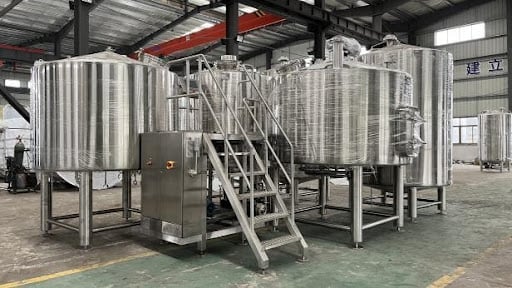How to Start a Brewery
Starting a brewery isn’t just about brewing great beer—it’s about crafting a brand, mastering the legalities, choosing the right equipment, and marketing your products effectively.
Research the Market & Define Your Brewery Concept
Before you start ordering brewing equipment or scouting locations, you need a solid understanding of the beer industry. What’s the current market demand? Who are your competitors? What beer styles are trending?
Start by analyzing your target audience. Are they craft beer aficionados looking for bold flavors, or do they prefer lighter, easy-drinking lagers? Visit local breweries, talk to customers, and check market reports to get a clear picture. Also, define your unique selling proposition (USP). Will your brewery focus on small-batch experimental flavors, traditional European styles, or perhaps organic and sustainable brewing?
Consider what type of brewery you want to run:
- Microbrewery – Small-scale production, usually selling directly to consumers.
- Brewpub – A combination of a brewery and restaurant.
- Contract Brewing Company – Outsources brewing to another facility.
- Taproom Brewery – Primarily sells beer on-site with limited distribution.
Clearly defining your concept will shape every other decision in your brewery journey.
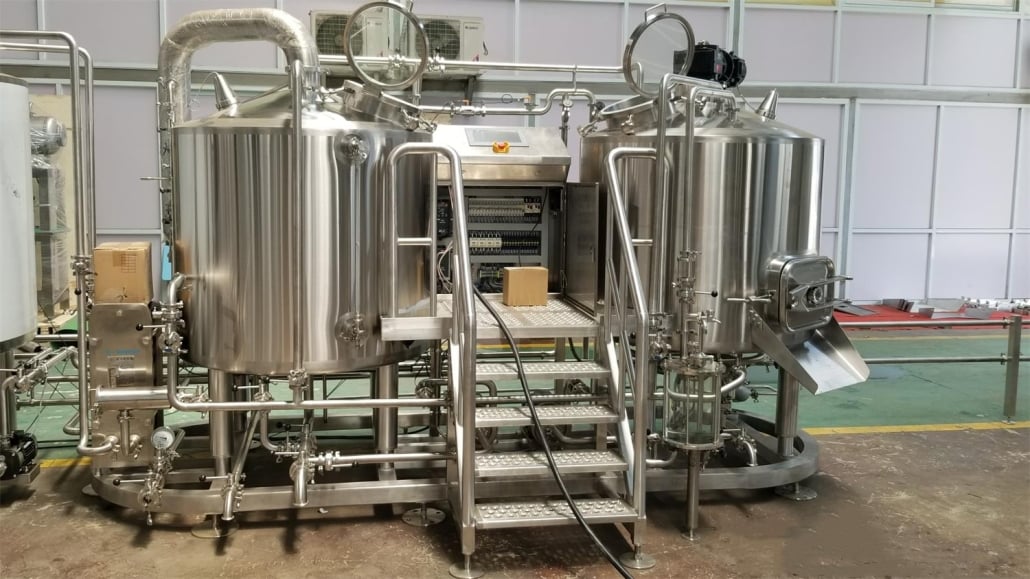
Create a Business Plan
A well-structured business plan is your roadmap to success. It should cover:
- Executive Summary – What your brewery is, what you offer, and why it will succeed.
- Market Analysis – Competitor research, target audience insights, and industry trends.
- Business Structure – Will you operate as an LLC, partnership, or corporation?
- Financial Projections – Startup costs, revenue forecasts, and break-even analysis.
- Marketing Strategy – How will you promote your brewery and attract customers?
Banks and investors will need a solid plan before funding your brewery, so be thorough!
Legal & Licensing Requirements
Starting a brewery requires extensive paperwork. Here’s what you need:
- Federal Licenses – The Alcohol and Tobacco Tax and Trade Bureau (TTB) requires a Brewer’s Notice.
- State & Local Permits – These vary by location and cover manufacturing, selling, and serving alcohol.
- Health & Safety Regulations – Inspections, food safety, and sanitation protocols.
- Trademark & Business Name Registration – Protect your brand legally.
Without proper licensing, your brewery can’t operate—so tackle this early on.
Choosing Equipment & Location
The right equipment and location can make or break your brewery. Consider these factors:
| Equipment | Description | Estimated Cost |
|---|---|---|
| Brew Kettles | Essential for boiling wort. Varies by capacity. | $10,000-$100,000 |
| Fermenters | Where yeast ferments the beer. | $5,000-$50,000 |
| Kegs & Bottling | For storage and distribution. | $3,000-$30,000 |
| Cooling System | Regulates fermentation temperatures. | $5,000-$40,000 |
| Cleaning Equipment | Sanitation is key to quality beer. | $2,000-$10,000 |
When choosing a location, look for areas with high foot traffic, access to suppliers, and zoning laws that allow alcohol production.



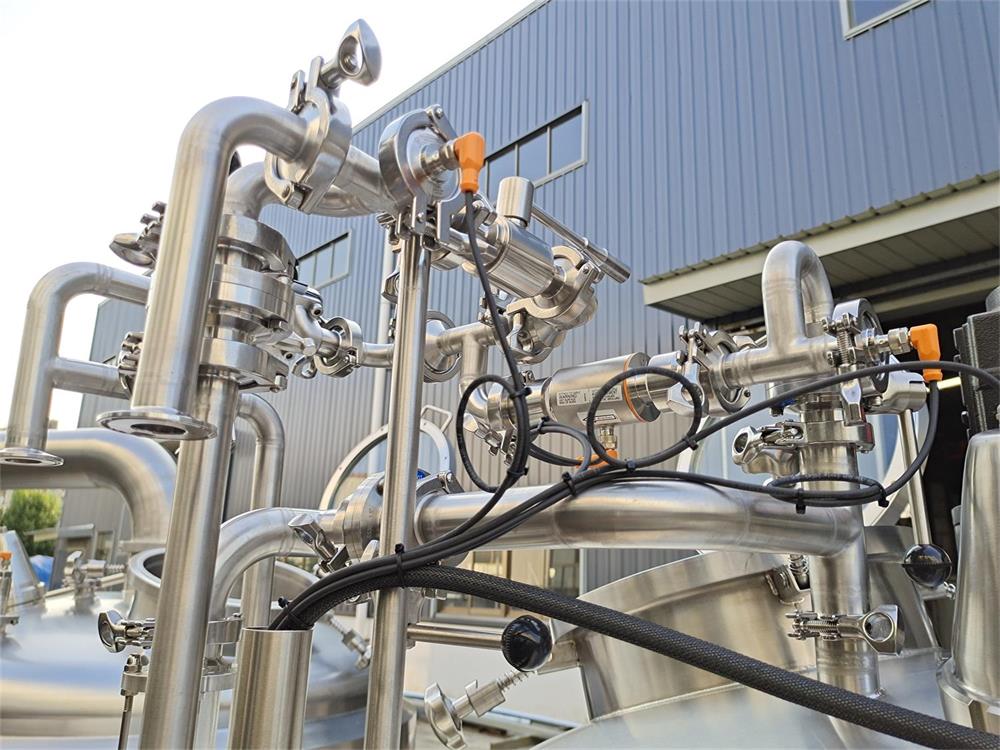
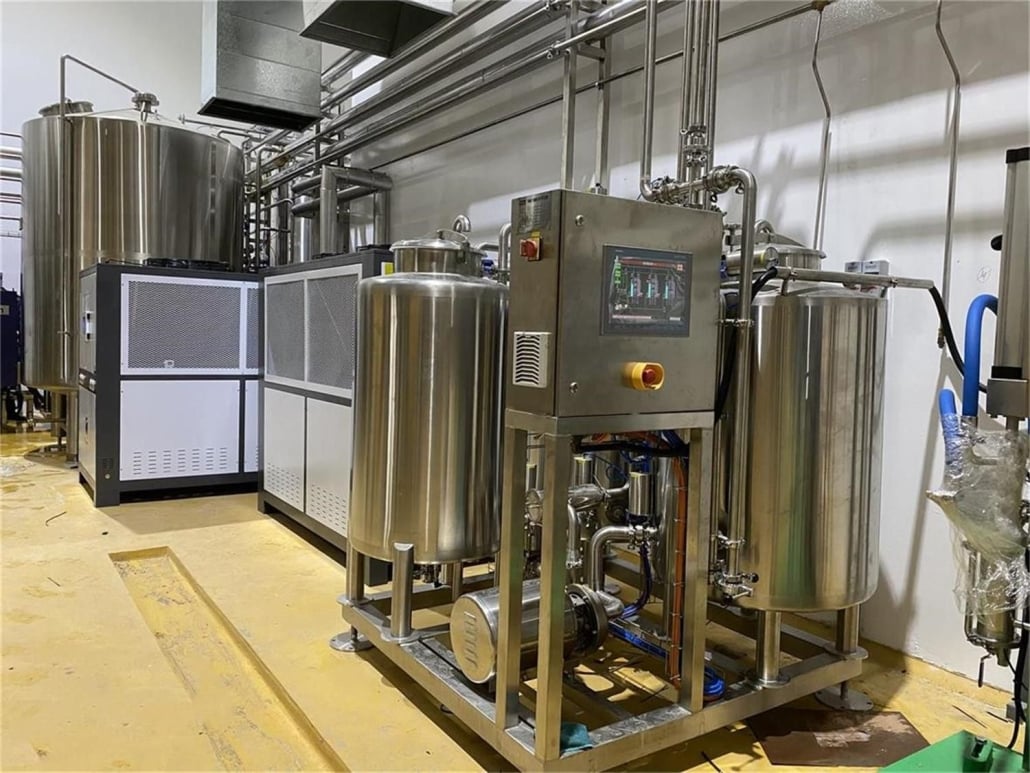
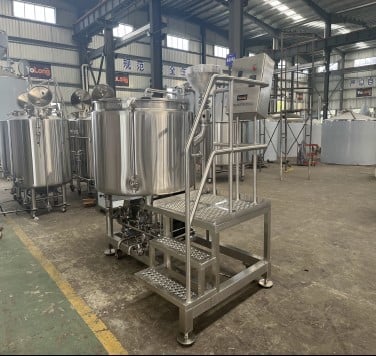
Brewing Process & Recipe Development
Brewing beer is both science and art. Your process should include:
- Milling – Crushing malted barley.
- Mashing – Extracting fermentable sugars.
- Boiling – Adding hops for bitterness and aroma.
- Fermentation – Yeast converts sugars into alcohol.
- Conditioning – Aging the beer for a smoother taste.
- Packaging – Bottling, canning, or kegging for distribution.
Experiment with ingredients to create signature recipes. Keep detailed brewing logs to refine your process over time.
Branding & Marketing
Your brewery needs more than great beer—it needs a compelling brand.
| Branding Element | Strategy |
|---|---|
| Brewery Name | Make it unique, memorable, and easy to pronounce. |
| Logo & Design | Reflects your brand identity and target market. |
| Website & Social Media | Essential for online visibility and engagement. |
| Events & Tastings | Host launches and brewery tours to attract customers. |
| Merchandising | Sell branded glasses, shirts, and posters. |
Marketing is ongoing—engage your audience with behind-the-scenes content, brewing stories, and promotions.
Distribution & Sales Strategy
How will you get your beer into customers’ hands?
- On-Site Sales – Taproom sales generate high margins.
- Wholesale Distribution – Partnering with bars and retailers expands your reach.
- E-commerce & Delivery – Consider online sales if your state allows it.
- Events & Beer Festivals – A great way to gain exposure.
Diversify your sales channels to maximize profitability.
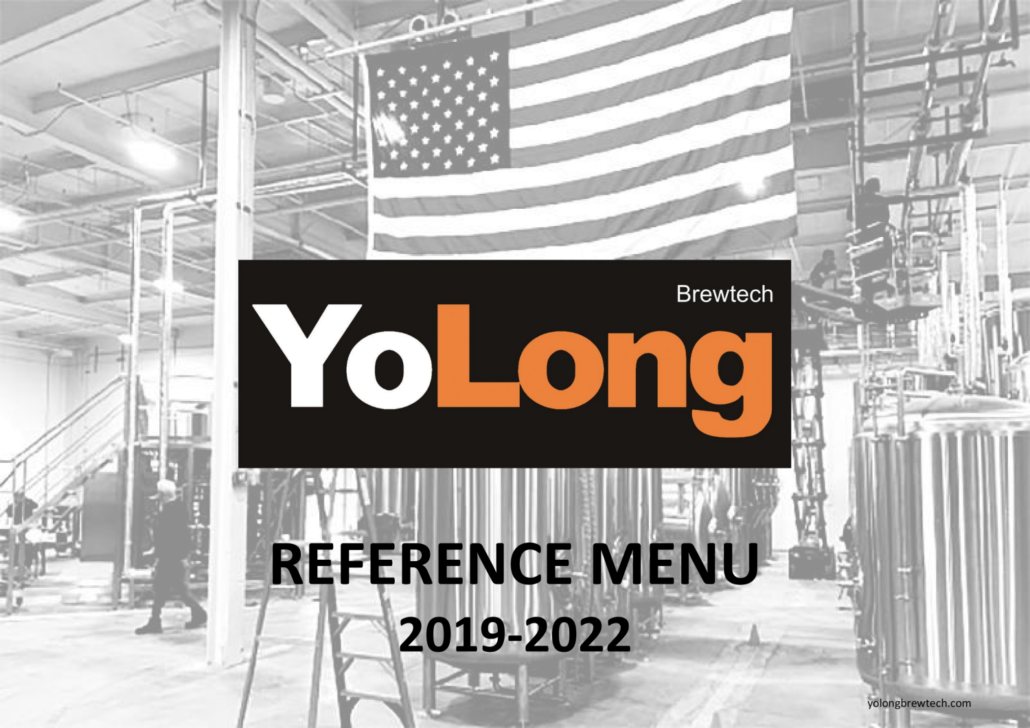
FAQ
| Question | Answer |
|---|---|
| How much does it cost to start a brewery? | Small-scale breweries can start at $100,000, while larger ones require over $1 million. |
| How long does it take to open a brewery? | Typically 6 months to 2 years, depending on permits and construction. |
| Do I need brewing experience? | While not mandatory, brewing knowledge is crucial. Consider hiring an experienced brewmaster. |
| Can I start a brewery at home? | Homebrewing is legal, but commercial breweries require proper facilities and licenses. |
| What’s the most profitable beer style? | IPAs and lagers are the best-selling beer styles globally. |
Share this entry
Interested in learning more about Brewing Systems including additional details and pricing information? Please use the form below to contact us!
YOLONG BREWERY EQUIPMENT FAQS
- Commercial Brewery / Craft Brewery / Microbrewery / Nanobrewery
- What is The Difference Between Craft Beer and Industrial Beer?
- The Bespoke Differences In Custom Brewing Systems
- Everything You Need to Know About Kettle Souring
- How to Choose Brewing Equipment for Your business?
- How To Choose The-Best Partner To Build Your Commercial Microbrewing System?
- Two Detection Sensors That You Need To Use In Your Brewhouse System
- Remote Control Applications in Brewing Equipment/How does it work?
- How To Clean Your Brand New Brewery Tanks?

